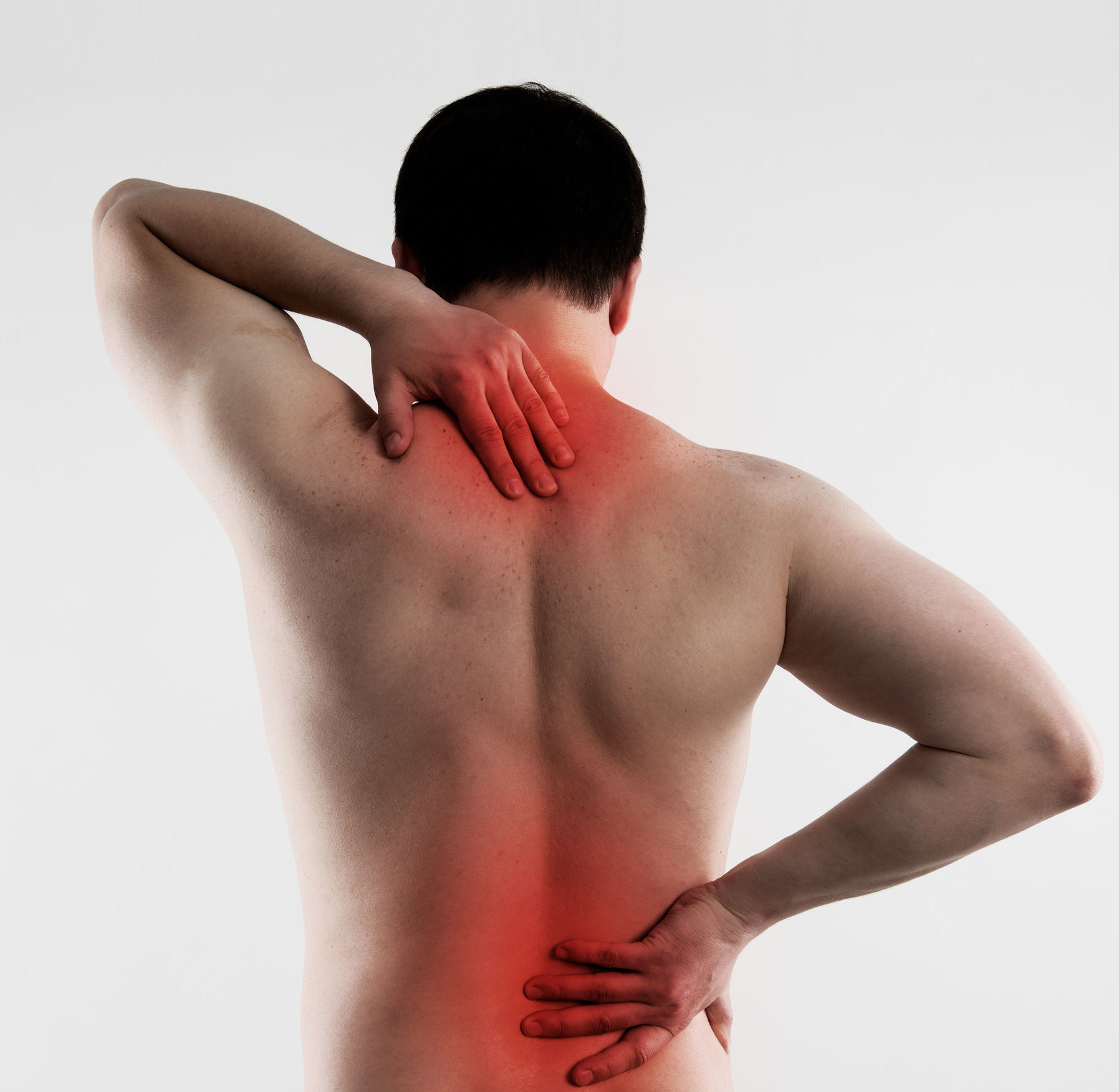 Chronic pain is usually different from acute pain. Acute pain is considered to be directly related to stimulation of sensory receptors for noxious stimuli located throughout the body. It is often related to direct damage or trauma to the body. It also is the normal physiologic response to the various types of sensory receptors that is perceived as noxious or painful. Acute pain is relatively short lasting and is a direct response to direct stimulation of sensory receptors with lengths from seconds to usually less than several months. Chronic pain however is long in duration, lasting over three months and becomes independent of direct stimulation of sensory receptors for acute stimuli.
Chronic pain is usually different from acute pain. Acute pain is considered to be directly related to stimulation of sensory receptors for noxious stimuli located throughout the body. It is often related to direct damage or trauma to the body. It also is the normal physiologic response to the various types of sensory receptors that is perceived as noxious or painful. Acute pain is relatively short lasting and is a direct response to direct stimulation of sensory receptors with lengths from seconds to usually less than several months. Chronic pain however is long in duration, lasting over three months and becomes independent of direct stimulation of sensory receptors for acute stimuli.
Chronic and Acute Pain
Chronic pain most often is characteristically different from acute pain. It often involves the nervous system changing on a peripheral and central basis such that sensory signals are perceived differently. In the limbs or other areas, sensory receptors become increasingly able to respond to any stimuli and then sending a signal out into the central nervous system. The nervous system essentially becomes primed for responding to sensory inputs and blasts out a powerful danger signal out of proportion to the intensity of the event. A small touch on the arm could feel like being hit by a sledgehammer.
Chronic pain is divided medically into three types;
- Nociceptive
- Neuropathic
- Central sensitization
It can also be a combination of these. As pain becomes more chronic, the central nervous system becomes more involved and pain has more centralized components. The secondary outcomes of chronic pain over time also become prominent with increased healthcare utilization and often decreased quality of life.
There are multiple correlations in a person’s life that are associated with chronic pain. Common attributes include being female, early life trauma, family history of pain and mood disorders, genetics, sleep disturbances and mood disorders. Certain types of pain that more commonly become chronic include headaches, low back pain and fibromyalgia/diffuse myofascial pain, while the psychological factors of anxiety, depression, catastrophizing, and PTSD are linked to developing chronic pain.
Well-managed and aggressively treated chronic pain comprehensively reduces the incident of chronic pain, but as pain continues ongoing aggressive management can impact the intensity of long-term issues. It is important to treat all aspects of a painful condition. Often there are multiple factors stimulating pain and all the physical problems need to be addressed from muscles, nerves, tendons, ligaments, joints, bones and any other system involved as well as the psychological impacts.
Comprehensive management of symptoms is one of the keys to successful outcomes. Using traditional medical strategies including medications and physical therapy in conjunction with techniques like acupuncture, meditation and improving sleep hygiene may all be necessary in managing pain. Aggressive management of acute pain, especially traumatic or post-surgical, helps reduce the incident of the development of chronic symptoms.
Acute pain is a common arena for most regular physicians. Comprehensive initial management of acute painful conditions reduces the development of more chronic problems. If the pain is showing tendencies toward becoming chronic, involvement of a pain specialist can reduce the impact of the long-term symptoms.